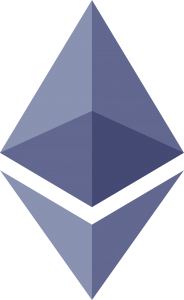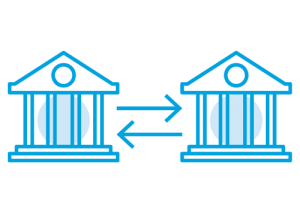Argentine Tango MasterCourse
The 1990s Cochabamba Investigation Group deconstructed tango’s inherited sequences.
Dancers could then improvise every step.
This powerful perspective was eventually named “Nuevo Tango”.
Continuing this work, we identified the 25 distinct Elements of Argentine Tango,
and how to discover their variations without memorizing.
We distilled all tango technique to 5 biomechanical tools,
enabling dancers to rapidly master communication, balance, and quality of movement.
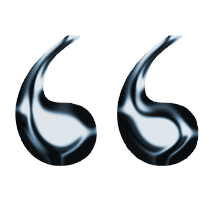




Choose your Enrollment
COMPREHENSIVE CURRICULUM
with all Training Resources-
TangoForge
MasterCourse
- MasterCourse
- All 3 Practice Courses
- KnowledgeBase
- Exercise Center
- Instant access to all material
- Free entry to one live event
- 6 private video Q/A sessions
- English and Deutsch versions
PRACTICE STRUCTURE
For solo dancers or pairs-
TangoForge
Home Practice Course
-
TangoForge
Home Solo Practice Courses
- 10 Home Practice Sessions on video with text notes (choose either role or the pair course)
- Exercise Center
- Instant access
- English and Deutsch versions
- Upgrade anytime, just pay the difference
EXPLORE
Wikipedia of Tango & Muscles-
TangoForge
KnowledgeBase
- KnowledgeBase Comprehensive Hyperlinked Wikipedia of tango movements and technique with 150 entries (EN)
- The 10 most important tango muscles, with training and workouts (EN/DE)
- Instant access
- Upgrade anytime, just pay the difference
The MasterCourse
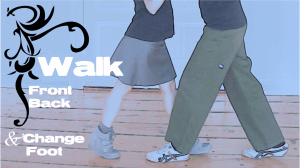
01 02 04
Walk Front
Walk Back
Change Foot
We walk together in systems, on tracks, and we can change feet in different combinations.
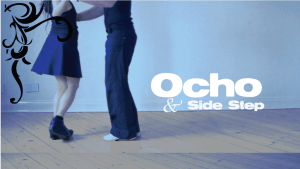
03 06
Lateral Steps:
Side steps and Ochos
We step lateral to the partner with open or crossed steps, also called ochos, which are lateral step beginning with a pivot of 90-270 degrees.
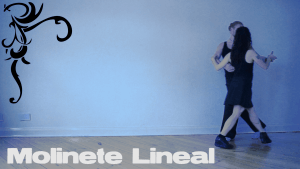
05
Molinete Lineal
Molinete lineal is tango's custom for walking sidewards.
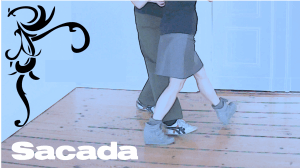
07
Sacada
In sacada the partners step perpendicular to one another, with one partner displacing the other.
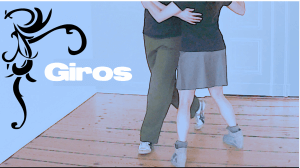
08 09 10
Giros
There are three Giros: double-giro and two single-giros, the Mark’s single-giro and the Revel’s single-giro (also known as Calesita).
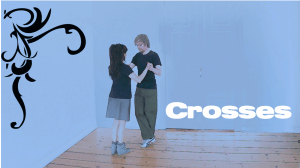
11
Cross
The free leg crosses in front or behind the base leg.
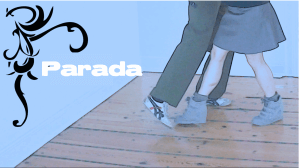
12
Parada
A stop, during any point of a step or pivot.
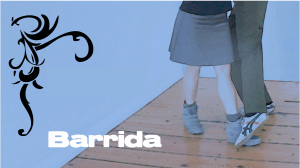
13
Barrida
A barrida moves the Revel's free leg by direct contact with the Mark's free leg.
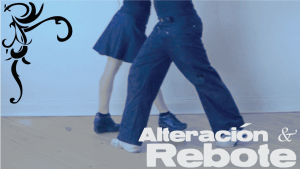
14 15
Rebote &
Alteración
A rebote is an elastic step which returns to the origin. Alteración is a rebote which pivots and releases at a different point than the origin.
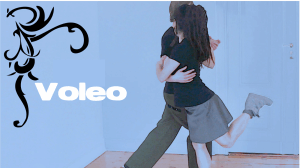
16 17
Voleos:
Circular
& Linear
Voleo Circular maximizes front and back projections during a pivot. Voleo Linear maximizes front, back, and side projections.
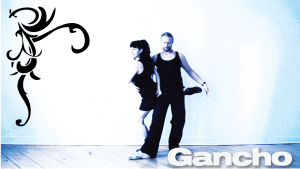
18
Gancho
Ganchos hook a voleo through the partner's leg or around the body.
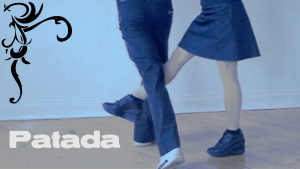
19 20
Blocks:
Rebote Cadera
& Patada
Contra block to the Revel's Pivot produces a Rebote Cadera. To a projection produces a kick, often between the partner's legs.
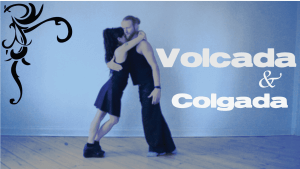
21 22
Volcada
Colgada
These are the off-balance elements. In Volcada the partners lean on one another. In Colgada the partners hang on one another.
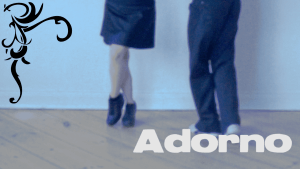
23
Adorno
Adornos are unmarked autonomous embellishments.
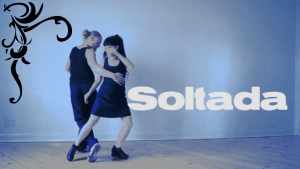
24
Soltada
Soltada is any nonstandard embrace.
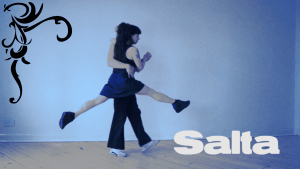
25
Salta
Salta is a situation in which the Revel's weight is off of both of her feet (jump, lift, drag, sostenida...).
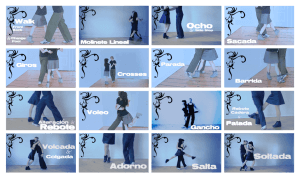
You can buy a single session in the Element Store. If you want to upgrade to the full MasterCourse, your previous purchase is credited against the price of enrollment.
Most students go to class and see a new sequence each week. They have difficulty remembering this sequence and integrating what they learn into their dance. Students also know that to dance more smoothly and gracefully they need to train their bodies, but they aren’t sure what exactly to practice.
Of course group classes are more fun and social than videos, and of course it’s helpful to feel expert execution directly with a teacher. But many teachers don’t offer clear, actionable instruction for both roles. Our Digital School provides precise, empowering information.
- Start by just watching the 10 hours of the MasterCourse. By doing this you will grasp the scope of the tango curriculum, the logic of variations of the elements, and how technique concepts apply to different movements.
- Each MasterCourse session includes practice exercises for solo dancers and pairs. Plan a schedule to work through the MasterCourse. You can train on your own or invite a practice partner (or two) to work with you.
- On your own, use the Exercise Center for 5 minutes of daily exercise to improve your muscle strength and control. Use the Practice Courses for twice weekly solo tango training.
Until the mid-1990s, tango was understood in groups of steps, or sequences. The Cochabamba Investigation Group deconstructed these sequences, enabling dancers to improvise every step.
Continuing this work, TangoForge identified 25 distinct tango Elements, each with a number of variations ranging from 5-100. Dancers can do any variation with a number of different dynamics, bringing our total expressive possibilities well beyond 1000.
The technique for each Element is consistent across its variations, so once we learn how to go looking for variations, and how to move with different dynamics we have a huge vocabulary at our disposal.
Dancing from the Elements empowers dancers to to express every music, challenge partners to maintain intense concentration, and use space skillfully for better floorcraft. Improvisation skills are essential to navigating crowded dance floors and dancing on diverse music.
Regardless of which “style” of tango you prefer, all Argentine Tango relies on the same skills.
Yet technique is often taught too abstractly.
We studied and analyzed every tango move to understand its biomechanics. We can describe motion in terms of position and action of joints and contraction of muscles. We use anatomical terms to describe communication between the bodies and the science of animal gaits to describe the various ways four legs can move along.
We distilled technique to a memorable set of just 5 tools. These tools enable you to diagnose problems, analyze movements to learn from any teacher, and help fellow dancers.
All of our biomechanical claims have been evaluated by two physiologists, Brendan Roach of Wellington’s BodyLab and Michael Chang of Sydney University.
Every time I watch your videos
your clarity and accuracy amazes me anew.It is rewarding to see my partner's transformation...
He is more confident, and a lot more playful and creative.
I've been with 7 other Tango teachers in Melbourne, Sydney and New York.
Your videos give more relevant practical info in 60 seconds than most students get in 10 years, if ever...
I really need to compliment you on your teaching methods, because
I grow as a tango dancer very quickly with the MasterCourse, so I stopped doing regular group classes.



